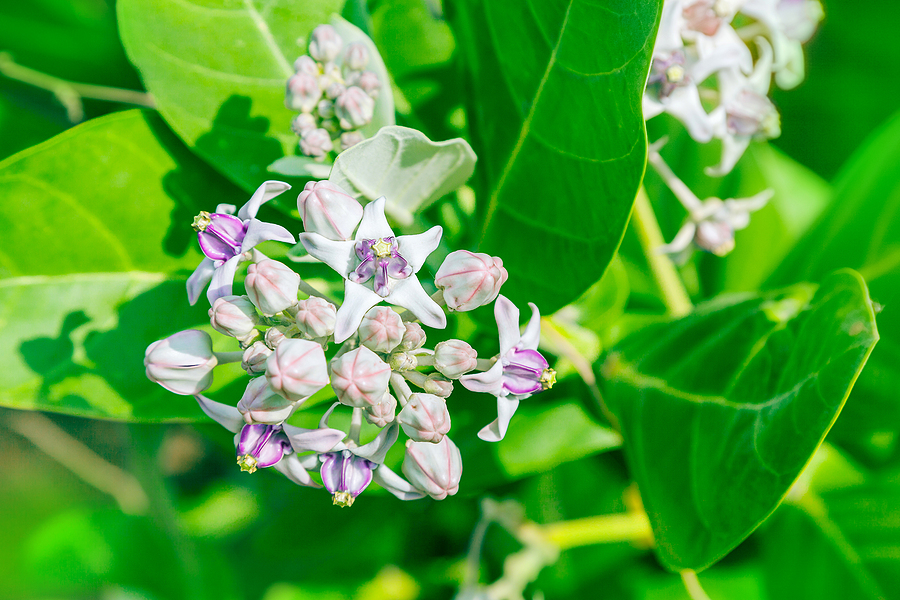Hawaii's Most Famous Flower
Hawaii's Most Famous Flower
The official flower of Maui is the lokelani
The official flower of Maui is the lokelani, or the pink Damask rose (Rosa damascena), a fragrant and visually striking bloom that symbolizes the island's natural beauty and gentle spirit. Introduced to Hawaii in the 19th century, the lokelani quickly became associated with Maui due to its widespread cultivation and popularity as a decorative and aromatic flower. Known for its lush pink petals and sweet, intoxicating scent, the lokelani is a favorite for leis, bouquets, and traditional Hawaiian adornments, adding a romantic touch to the island's cultural expressions. While not native to Hawaii, the lokelani thrives in Maui's temperate climate and fertile soils, often found in gardens and landscapes throughout the island. The flower holds historical significance as a symbol of love and beauty, aligning with Maui's nickname, "The Valley Isle,"for its lush, picturesque landscapes. Efforts to preserve the lokelani as a cultural emblem include cultivation in private gardens and its use in celebrations and ceremonies. Representing elegance, grace, and the warm aloha spirit, the lokelani continues to be an enduring symbol of Maui, capturing the hearts of residents and visitors alike with its timeless charm.
Bird of Paradise

Bird of Paradise flower: Bold and vibrant, the Bird of Paradise flower is a true masterpiece of nature, symbolizing freedom and joy.
The bird of paradise (Strelitzia reginae), a vibrant and exotic flower often associated with tropical beauty, is one of Hawaii's most iconic blooms, celebrated for its striking resemblance to a bird in flight. Native to South Africa, the bird of paradise was introduced to Hawaii in the early 20th century and quickly became a favorite in Hawaiian gardens and floral arrangements due to its unique structure and bright orange and blue petals. This hardy flower thrives in Hawaii's warm, sunny climate and well-drained soil, making it a common sight in both cultivated landscapes and commercial flower farms across the islands. Renowned for its longevity as a cut flower, the bird of paradise is a popular choice for leis, bouquets, and tropical decorations, often symbolizing joy, freedom, and paradise. The plant itself grows to about 3-5 feet tall, with each bloom taking months to mature, adding to its value in the floral market. Hawaii exports thousands of bird of paradise flowers annually, making it an important player in the state's floriculture industry. Loved by residents and visitors alike, the bird of paradise captures the essence of Hawaii's vibrant and welcoming spirit, embodying the allure of the islands' lush and colorful landscapes.
Crown Flower

Crown flower: The crown flower, with its regal appearance and vibrant hues, is a symbol of beauty and strength in tropical landscapes.
The crown flower (Calotropis gigantea), known in Hawaiian as puakalauunu, is a regal and distinctive bloom treasured in Hawaii for its cultural significance and delicate beauty. Native to India and Southeast Asia, the crown flower was introduced to the islands in the 19th century and became a favorite of Queen Lili'uokalani, Hawaii's last reigning monarch, who admired its star-shaped blossoms and connection to royalty. The flower, often white or lavender, grows in clusters on large, hardy shrubs that can reach up to 15 feet tall, thriving in Hawaii's warm, sunny climate and sandy soils.
Known for its longevity, the crown flower is commonly used in leis and garlands, prized for its durability and symbolic representation of dignity, respect, and honor. The latex-like sap of the plant has also been traditionally used in Hawaiian medicine, though care must be taken as it can be toxic in high concentrations. Popular among gardeners for its drought resistance, the crown flower also serves as a host plant for monarch butterflies, playing a vital role in supporting pollinators.
This versatile and elegant bloom, with its deep cultural ties and ecological importance, remains a cherished symbol of Hawaii, embodying both its royal history and natural splendor.